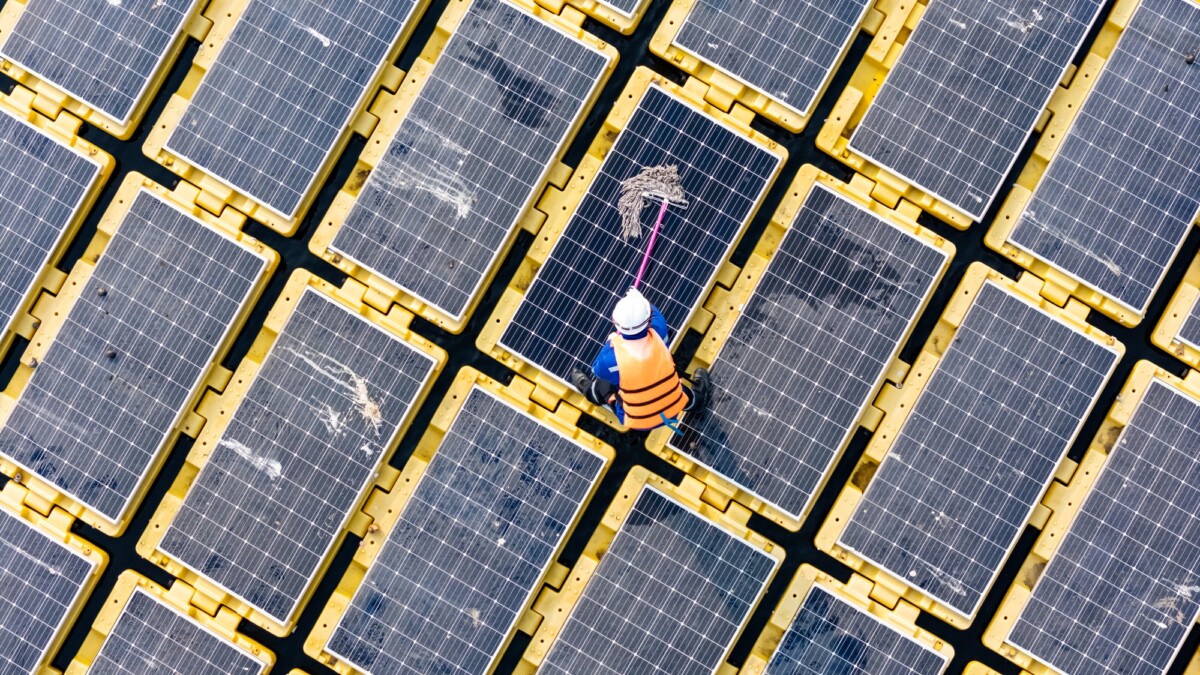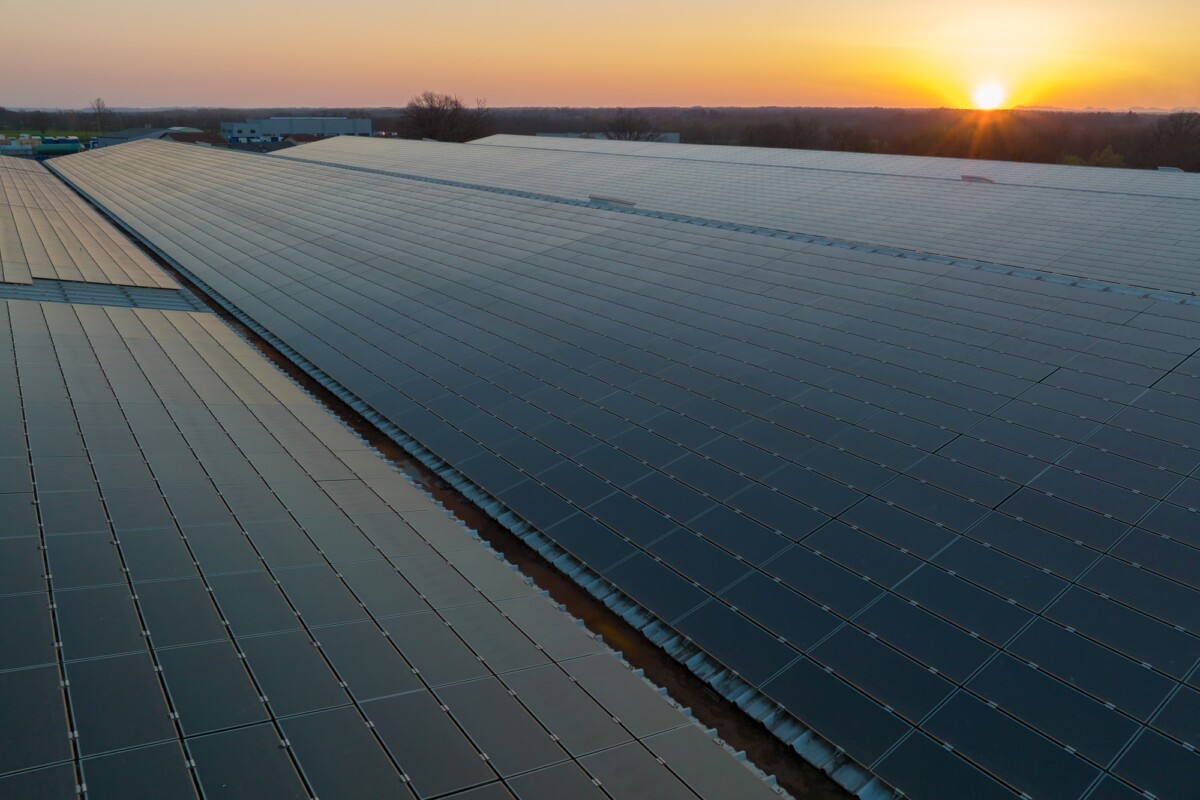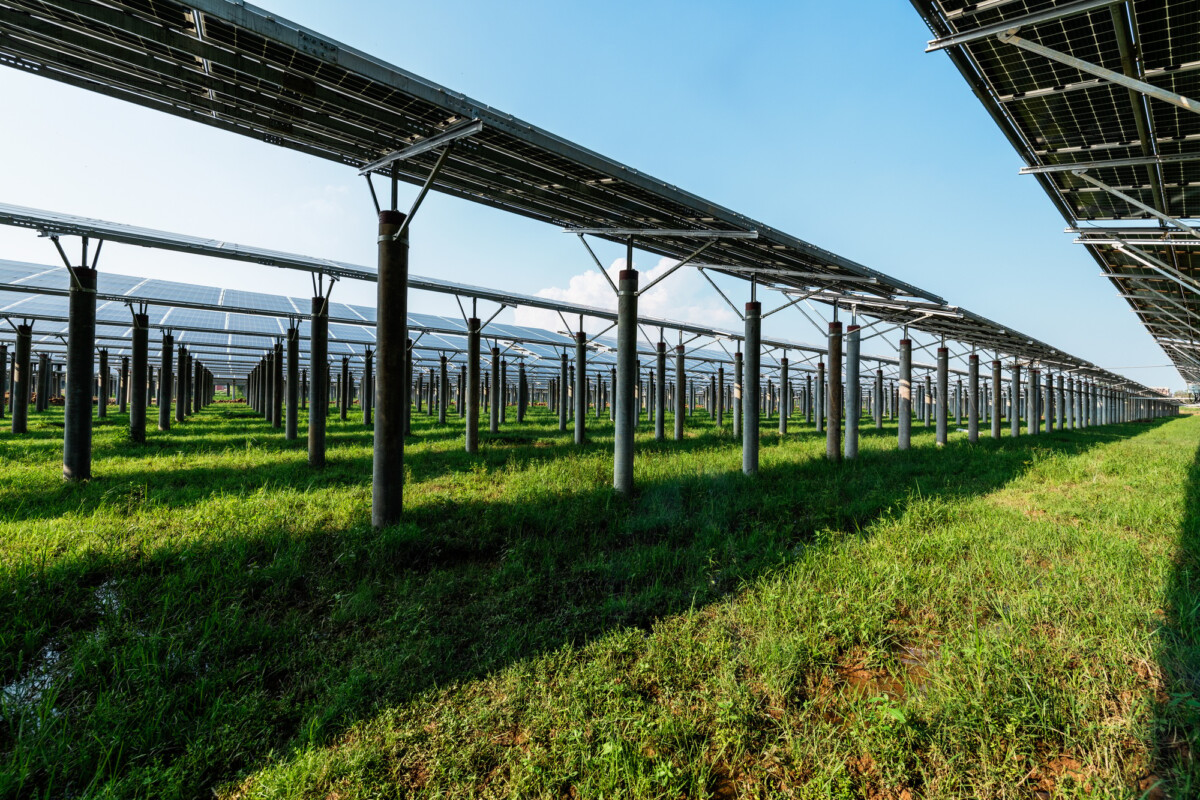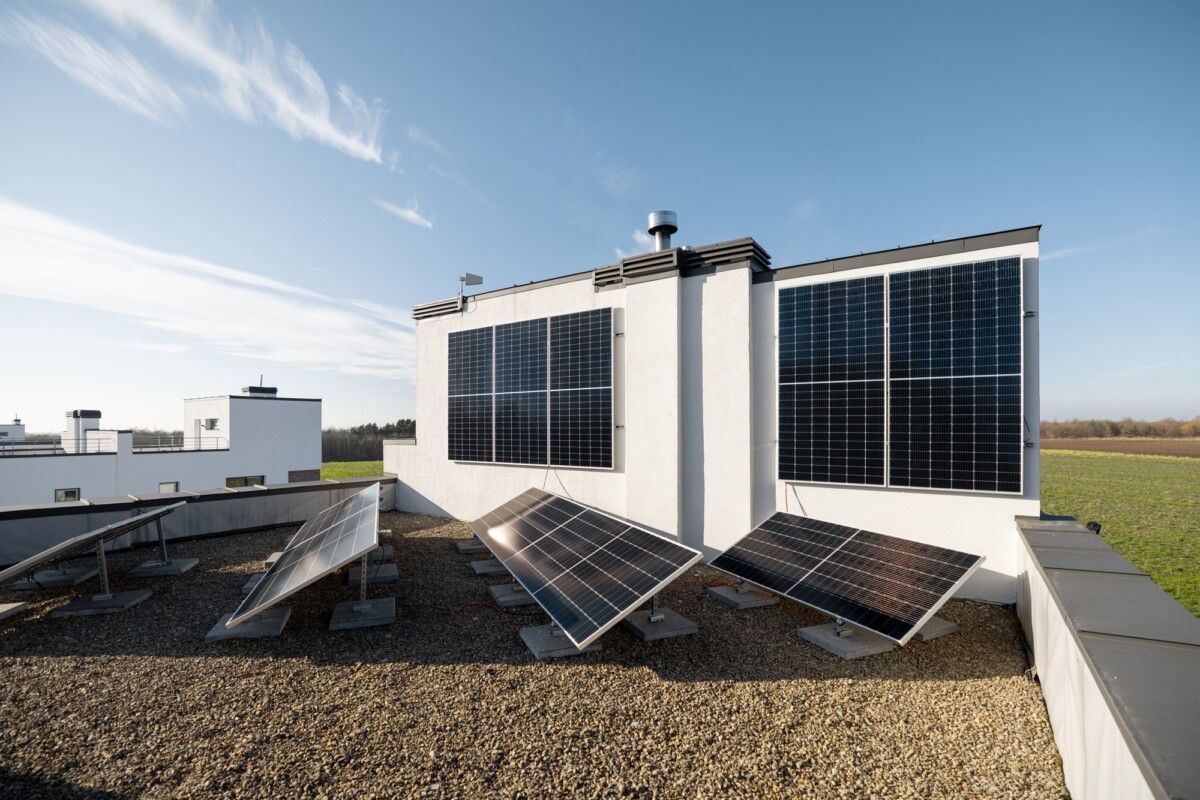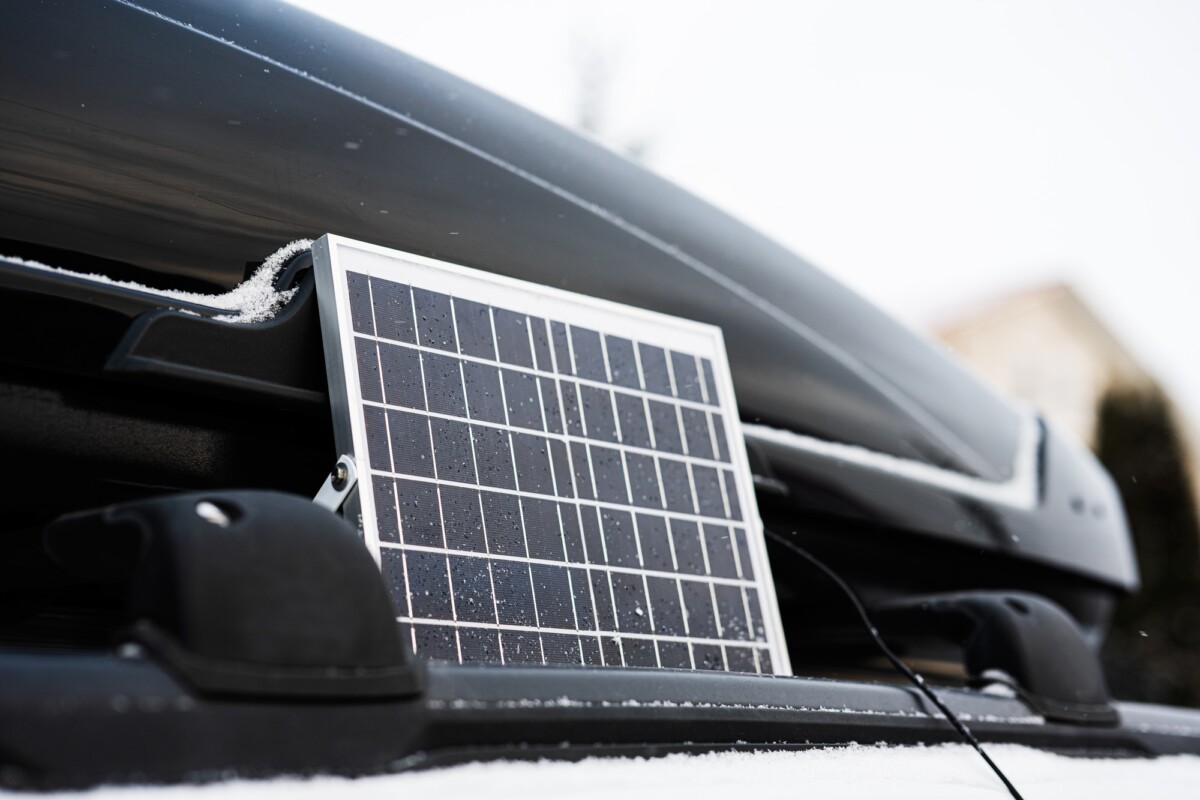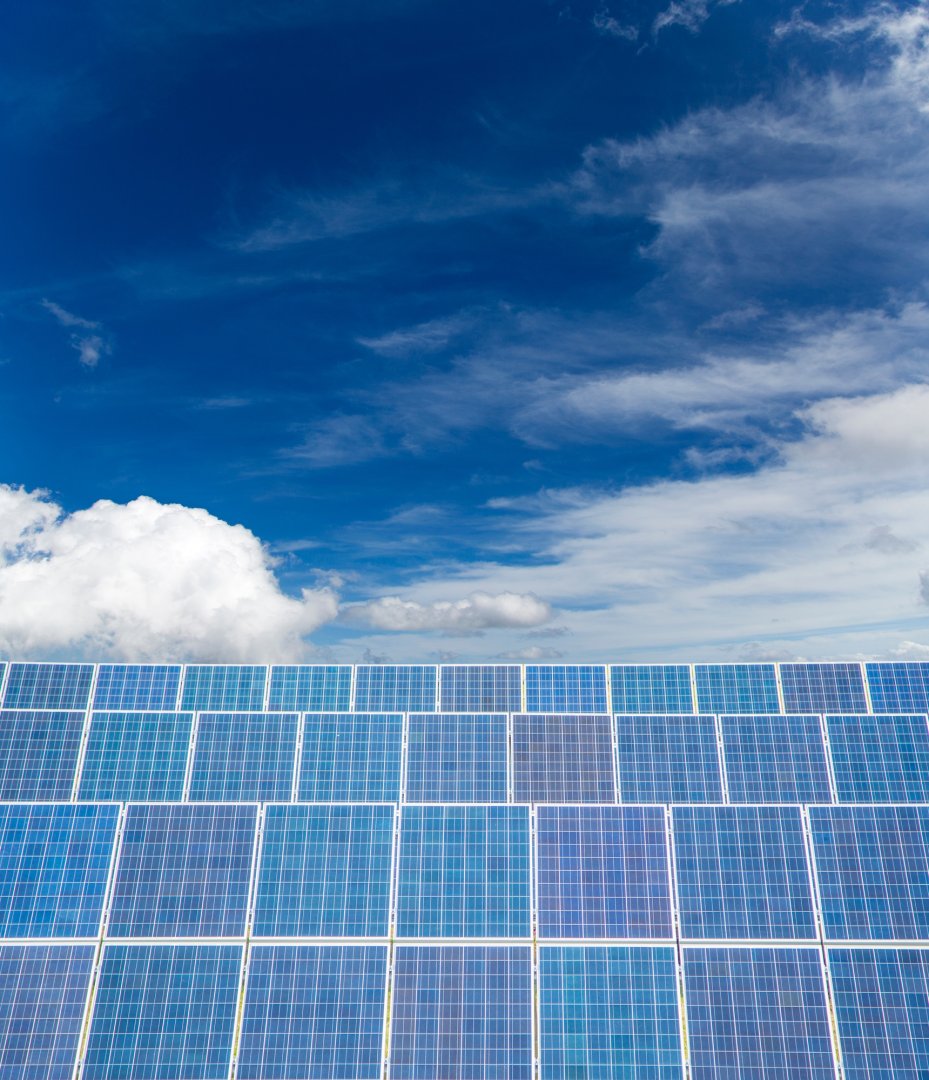Understanding the Basics: How Does Solar Panel Works?
Ever wondered how solar panels turn sunlight into electricity? It’s a fascinating process that not only powers homes but also helps the planet. Understanding how does solar panel works can inspire us to embrace renewable energy and make smarter choices for our future.
The Magic of Photovoltaic Cells
At the heart of a solar panel are photovoltaic cells. These cells are like tiny energy factories. When sunlight hits them, they create an electric field, generating electricity. It’s like magic, but it’s actually science!
From Sunlight to Electricity
Here’s how it happens:
- Sunlight hits the solar panel: The panel absorbs sunlight, which is made up of tiny particles called photons.
- Photons excite electrons: These photons excite electrons in the cells, causing them to move.
- Electricity is generated: The movement of electrons creates an electric current, which is then harnessed as electricity.
Why It Matters
Solar panels are important because they provide clean, renewable energy. They reduce our reliance on fossil fuels, which helps combat climate change. Plus, they can save money on electricity bills! So, knowing how does solar panel works is not just cool—it’s crucial for a sustainable future.
The Science Behind Solar Energy Conversion
Have you ever wondered how does solar panel works to power your home or gadgets? Understanding this can help us appreciate the magic of turning sunlight into electricity. Solar panels are not just shiny objects on rooftops; they are gateways to a cleaner, greener future.
How Solar Panels Capture Sunlight
Solar panels are made up of many small units called solar cells. These cells are like tiny energy factories. When sunlight hits them, it knocks electrons loose from their atoms. This process creates an electric current, which is the first step in how solar panels work.
Converting Sunlight to Electricity
Once the electrons are set in motion, they flow through the solar cells, creating electricity. This electricity is direct current (DC), which isn’t quite ready for your home yet. A device called an inverter changes it into alternating current (AC), which is the type of electricity we use every day.
Why Understanding Solar Panels Matters
Knowing how does solar panel works helps us see their potential. Solar energy is renewable, meaning it won’t run out. It reduces our reliance on fossil fuels and helps combat climate change. Plus, using solar power can lower electricity bills, making it a smart choice for families everywhere.
From Sunlight to Electricity: The Photovoltaic Effect Explained
Have you ever wondered how does solar panel works to power our homes and gadgets? It’s like magic, but it’s all about science! Understanding this process is crucial as we move towards cleaner energy solutions. Solar panels harness the sun’s energy, transforming it into electricity we can use every day.
The Magic of Photovoltaic Cells
At the heart of a solar panel are photovoltaic cells. These cells are made from silicon, a material that can absorb sunlight. When sunlight hits these cells, it knocks electrons loose, creating an electric current. This is the photovoltaic effect, and it’s the secret sauce behind solar power.
Turning Sunlight into Usable Energy
Once the electric current is generated, it needs to be converted into a form we can use. This is where an inverter comes in. The inverter changes the direct current (DC) from the solar panels into alternating current (AC), which powers our homes and devices.
Why It Matters
Switching to solar energy reduces our reliance on fossil fuels, helping to protect the environment. Plus, it can save money on electricity bills! Understanding how does solar panel works empowers us to make informed choices about our energy sources.

Ready to make the switch? Discover how solar power can lower your bills and boost your home’s efficiency. Get a Free Solar Estimate at FREE SOLAR POWER QUOTES
What Are Solar Cells and How Do They Function?
Have you ever wondered how does solar panel works to power your home or gadgets? It’s like magic, but it’s all about science! Solar panels are amazing because they turn sunlight into electricity, helping us use the sun’s energy to power our lives. Let’s dive into how this happens!
Solar Cells: The Heart of Solar Panels
Solar panels are made up of many tiny units called solar cells. These cells are like the little engines that make everything work. When sunlight hits these cells, it sets off a reaction that creates electricity. It’s like a chain reaction that starts with the sun!
How Solar Cells Create Electricity
- Sunlight Hits the Cells: The process begins when sunlight, made up of tiny particles called photons, strikes the solar cells.
- Electrons Get Excited: The energy from the photons excites electrons in the cells, causing them to move.
- Electricity is Generated: As these electrons move, they create an electric current, which is then harnessed as electricity.
Why It Matters
Understanding how does solar panel works is important because it shows us how we can use renewable energy to reduce our carbon footprint. Solar panels are a clean, green way to power our world, making them a smart choice for a sustainable future.
Exploring the Components: Inside a Solar Panel System
Ever wondered, how does solar panel works to power our homes? It’s like magic mixed with science! Understanding this process is vital as we shift towards greener energy. Let’s explore the intriguing components of a solar panel system.
The Solar Cells: Heart of the System
At the core of every solar panel are solar cells, typically made from silicon. These cells act like tiny energy factories. When sunlight hits them, they get excited, creating electricity through the photovoltaic effect.
The Inverter: Power Converter
The electricity generated by solar cells needs transformation, and that’s where the inverter steps in. It converts direct current (DC) from the cells into alternating current (AC), the type of electricity used in homes.
- Key Insight: Without an inverter, the electricity from solar cells would be like trying to fit a square peg in a round hole!
The Mounting System: Keeping It All Together
Solar panels must be positioned correctly to capture maximum sunlight. The mounting system secures the panels, usually on rooftops or fields, ensuring they face the sun optimally.
Understanding how does solar panel works helps us appreciate the technology that harnesses the sun’s power, making our world cleaner and brighter.
How Does Solar Panel Works in Different Weather Conditions?
Understanding how does solar panel works is essential, particularly when considering the impact of weather on their efficiency. Solar panels convert sunlight into electricity, but their performance varies with weather conditions. Let’s explore how they adapt to different scenarios.
Sunny Days: The Ideal Condition
On sunny days, solar panels operate at peak efficiency, absorbing direct sunlight to generate maximum energy. The more sunlight they receive, the more electricity they produce, making these days optimal for solar energy production.
Cloudy Days: Still Going Strong
Even under cloudy skies, solar panels capture diffuse light, though at a reduced output compared to sunny days. They continue to generate electricity, ensuring a consistent energy supply.
Rainy Days: A Natural Cleaner
Rain acts as a natural cleaner, washing away dust and dirt to keep panels efficient. Despite reduced energy production, panels still harness energy during rain.
Snowy Conditions: A Reflective Boost
Snow can reflect sunlight, enhancing energy capture. However, it’s crucial to clear heavy snow from panels to maintain efficiency, as covered panels can’t absorb sunlight.
In summary, understanding how does solar panel works in different weather conditions highlights their resilience and adaptability. Whether sunny, cloudy, rainy, or snowy, solar panels reliably harness the sun’s power year-round.
Harnessing Solar Power: The Role of Inverters and Batteries
Unlocking the secret of how does solar panel works reveals the potential of harnessing the sun’s endless energy. Solar panels capture sunlight and transform it into electricity, but the process involves more than just the panels. Inverters and batteries are crucial for ensuring this energy powers our homes efficiently and reliably.
The Journey from Sunlight to Electricity
Solar panels, composed of photovoltaic cells, absorb sunlight and convert it into direct current (DC) electricity. However, our home appliances require alternating current (AC) electricity. Inverters play a vital role by transforming DC into AC, making the energy usable for everyday needs.
Storing Energy for Later Use
Batteries act as treasure chests in solar power systems, storing excess energy produced during sunny days. This stored energy ensures power availability at night or during cloudy days, providing a continuous energy supply.
Benefits of Inverters and Batteries
- Efficiency: Inverters maximize the conversion and use of solar energy.
- Reliability: Batteries offer backup power during outages.
- Sustainability: Storing solar energy reduces reliance on non-renewable sources.
In summary, understanding how does solar panel works involves more than just the panels. Inverters and batteries are essential for efficiently converting, storing, and using solar energy, making it a reliable and sustainable power source.
How FreeSolarPower Can Help You Harness Solar Energy Efficiently
Understanding how does solar panel works is crucial for anyone considering a switch to solar energy. Solar panels are like magic windows that turn sunlight into electricity, helping you save money and the planet. But how exactly do they work? Let’s dive in and explore the fascinating process.
The Magic of Photovoltaic Cells
Solar panels are made up of many small units called photovoltaic cells. These cells are like tiny factories that convert sunlight into electricity. When sunlight hits the cells, it knocks electrons loose, creating an electric current. This process is what powers your home with clean energy.
From Sunlight to Electricity
- Absorption: Solar panels absorb sunlight using photovoltaic cells.
- Conversion: The cells convert sunlight into direct current (DC) electricity.
- Inversion: An inverter changes DC into alternating current (AC), which powers your home.
Benefits of Solar Energy
- Cost Savings: Reduce your electricity bills.
- Eco-Friendly: Decrease your carbon footprint.
- Energy Independence: Rely less on traditional power sources.
By understanding how does solar panel works, you can make informed decisions about using solar energy. At FreeSolarPower, we provide expert guidance and resources to help you harness solar energy efficiently, ensuring a brighter, greener future for everyone.
Join the solar movement today! Thousands are already saving—claim your free consultation to get started. Schedule Your Free Consultation at FREE SOLAR POWER QUOTES
Interested in more options? Take a look at SOLAR ENERGY for tailored solar solutions that suit your home!




